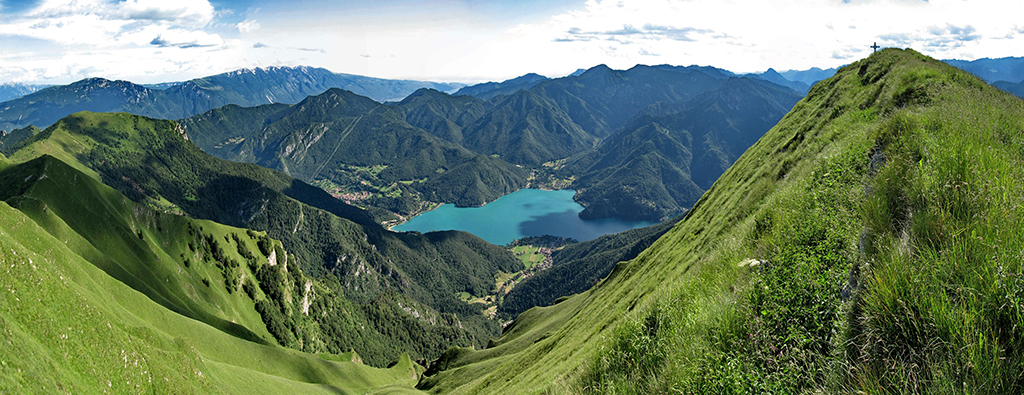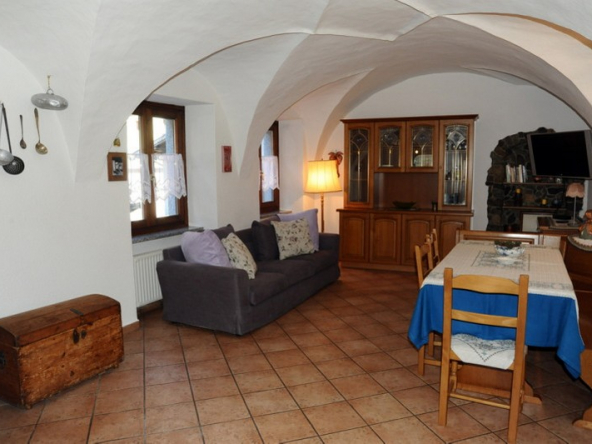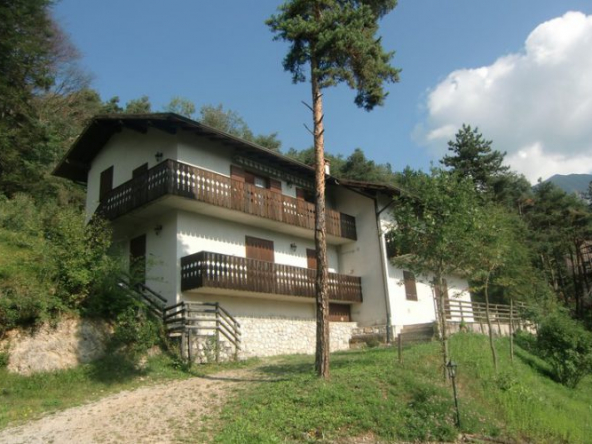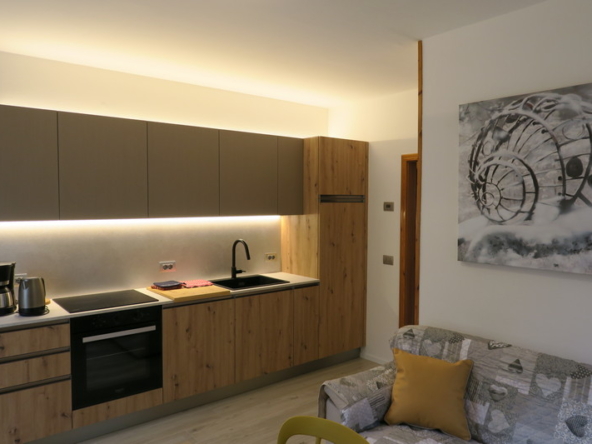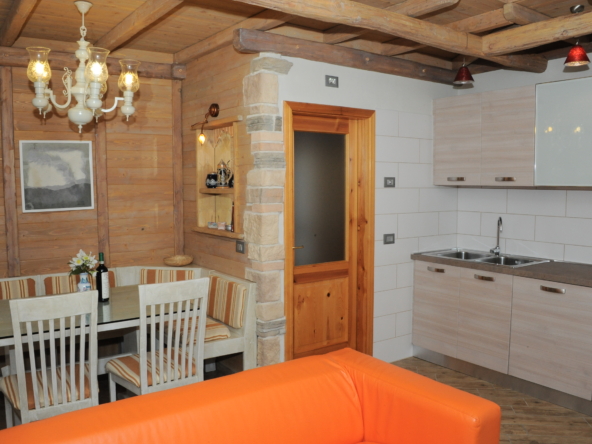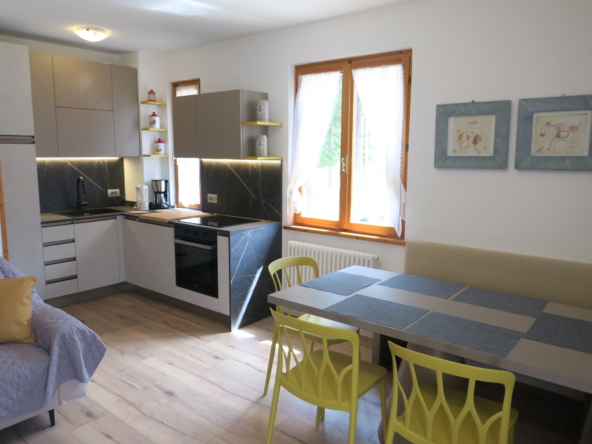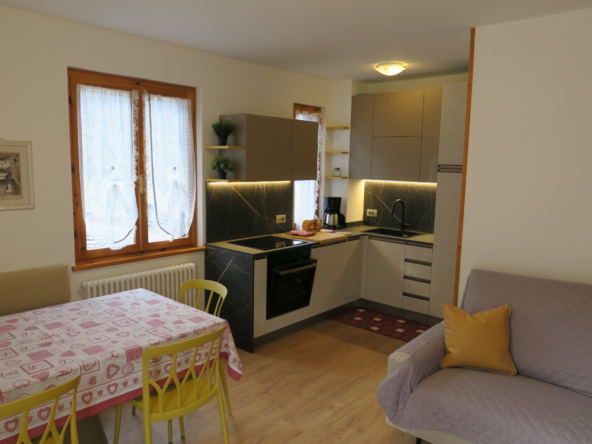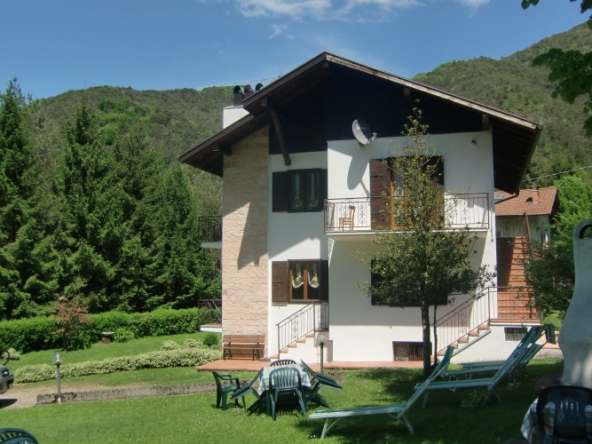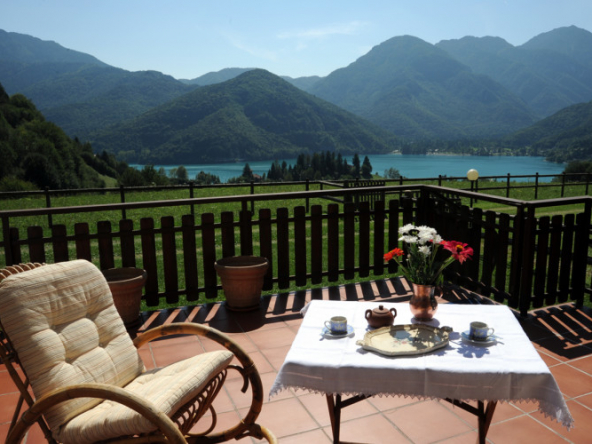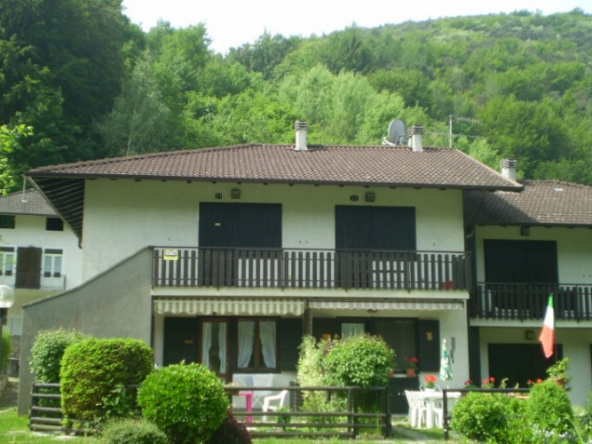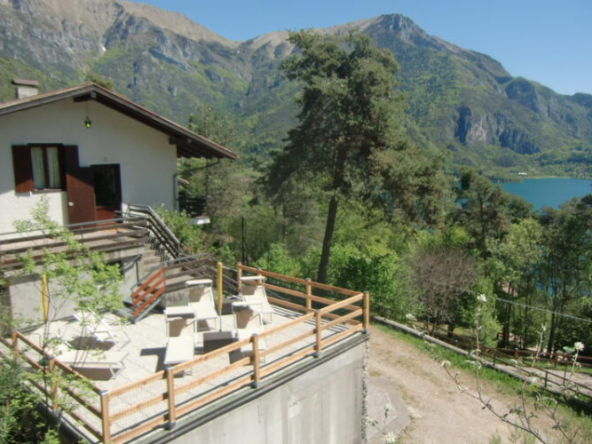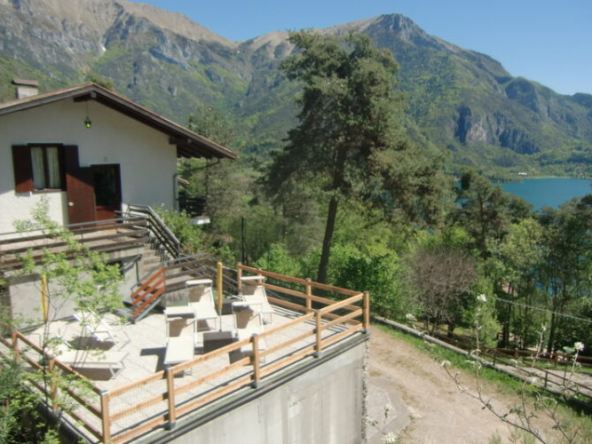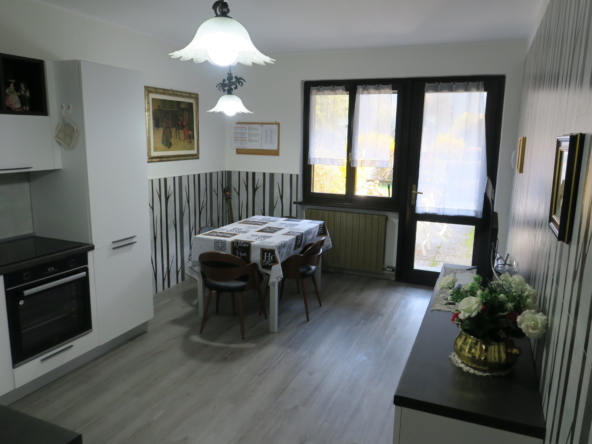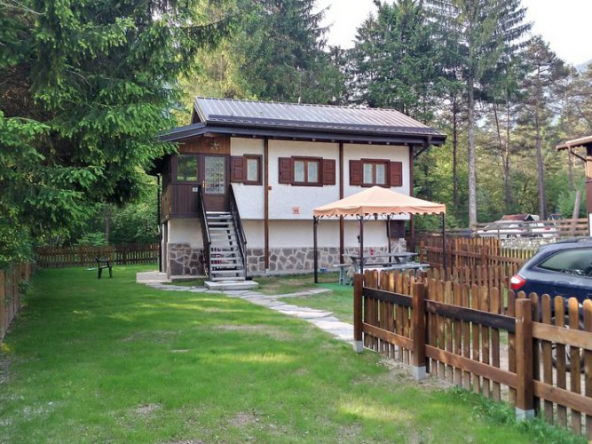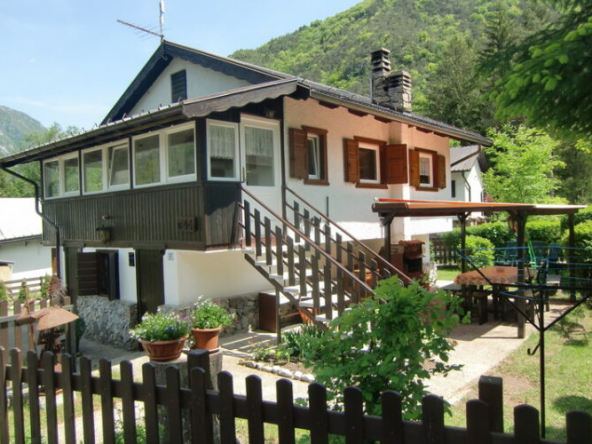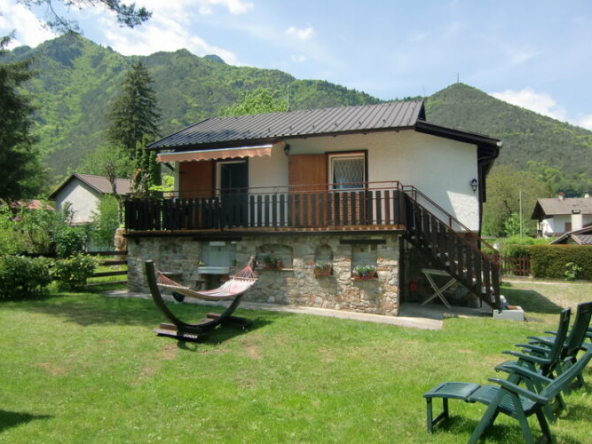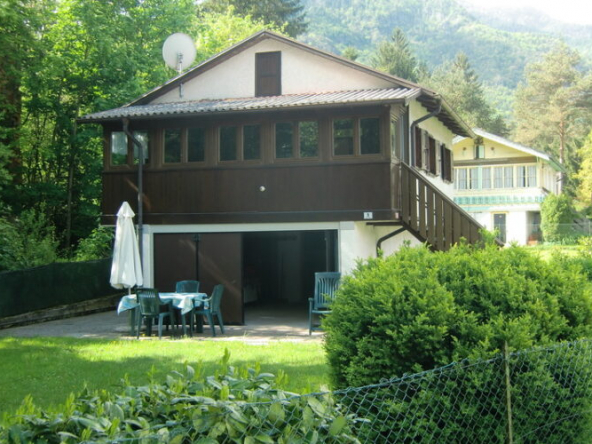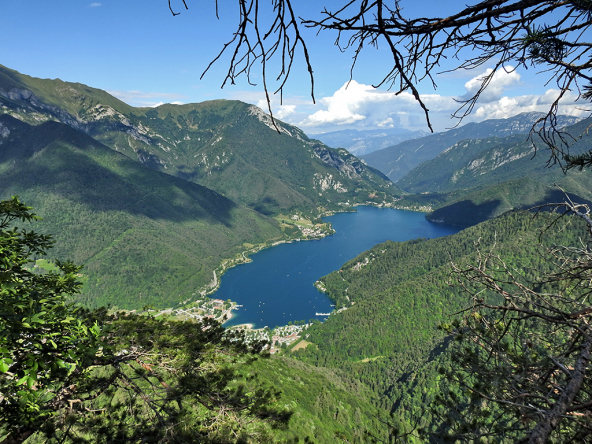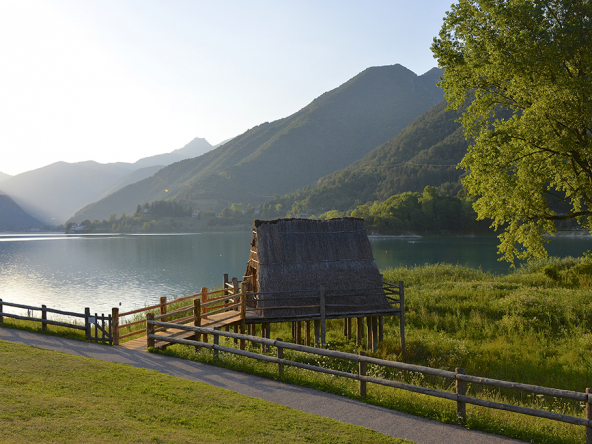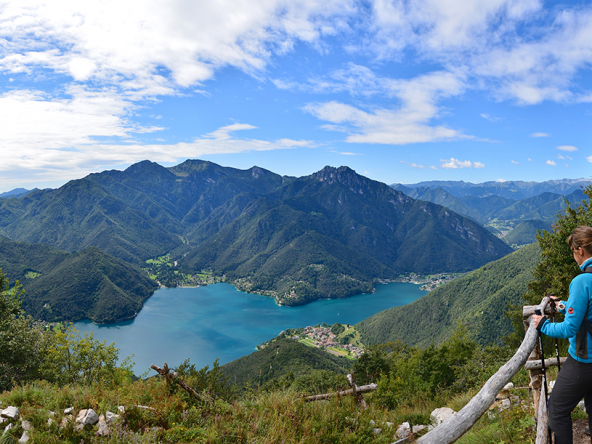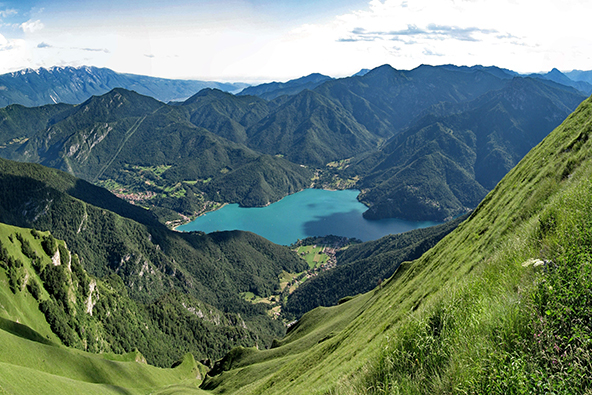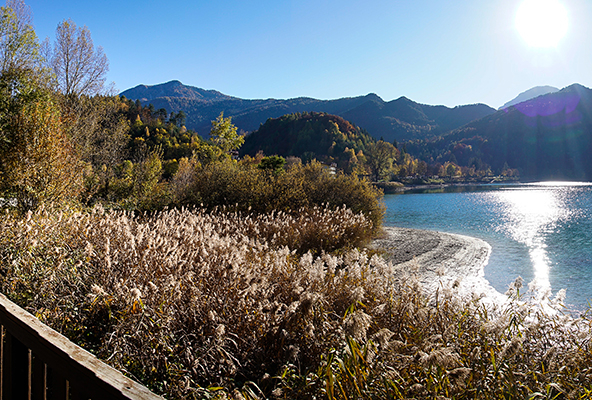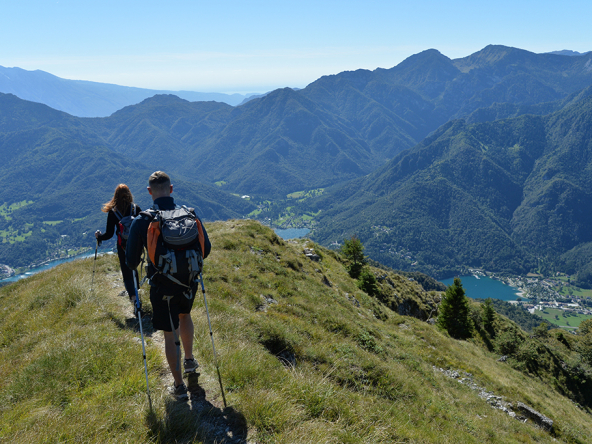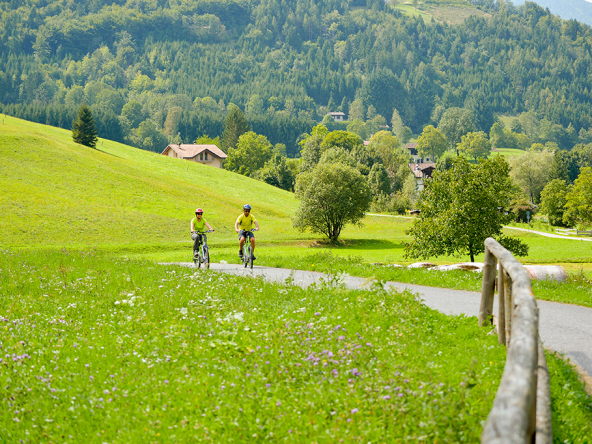Today the Ledro valley is a small paradise of nature, sport, and culture. A little over a hundred years ago, however, things were very different. Like almost all of the Trentino area, the Ledro valley was also the scene of bitter and bloody battles: from 1914 to 1918 the First World war was fought here in fact, at the beginning of the twentieth century, the Ledro Valley belonged to the Austro-Hungarian Empire and was right on the border between this and the kingdom of Italy. With the Outbreak of Hostilities between the two countries in the spring of 1915, the valley turned into a battlefield. Kaiserjager and Alpini faced each other on the peaks of the Ledro valley in the white war.
The traces of this past still survive today throughout the valley, up to the peaks of the mountains: trenches, walkways, casemates, tunnels dug into the rock, quarters, and military hospitals are still clearly visible along many hiking trails at high altitudes.
Thus in Val di Ledro, a walk in the mountains becomes an opportunity to review history and to dent the past. A few examples? In Dromae, the extreme Austrian outpost at the foot of Cima Oro, it is possible to walk along the Austro-Hungarian path and see the walkways and the barracks of the Austrian soldiers.
Under the Mazza di Pichea, near the Riccabona gallery, one of the wooden huts that housed the Austrian officers was rebuilt. The remains of the old military hospital are visible in Saval. Many military remains are also on Monte Nozzolo and Monte Cadria another interesting proposal is that of the Garibaldi Museum in Bezzecca, which contains a section dedicated to the First World War in the Ledro valley. In the nearby Colle Santo Stefano, the main base of the Italians in Val di Ledro, it is possible to visit the Ossuary church and see the remains of trenches and military tunnels. The hill is now a military Ossuary and a shrine in the memory of the fallen on both sides.
The Unknown Soldier rests in the church of Santo Stefano. Finally, along the peaks of the Ledro Alps, runs a section of the path of peace, which retraces the front of the Great War in Trentino.
During the war, the Ledrensi were displaced to the central regions of the empire, especially Bohemia and Moravia. On their return they found everything destroyed. From Eastern Europe, however, they brought with them some traditions, which survive in the local cuisine: Bohemian Gnocchi and livance (Pancakes), typical of Czech cuisine.




